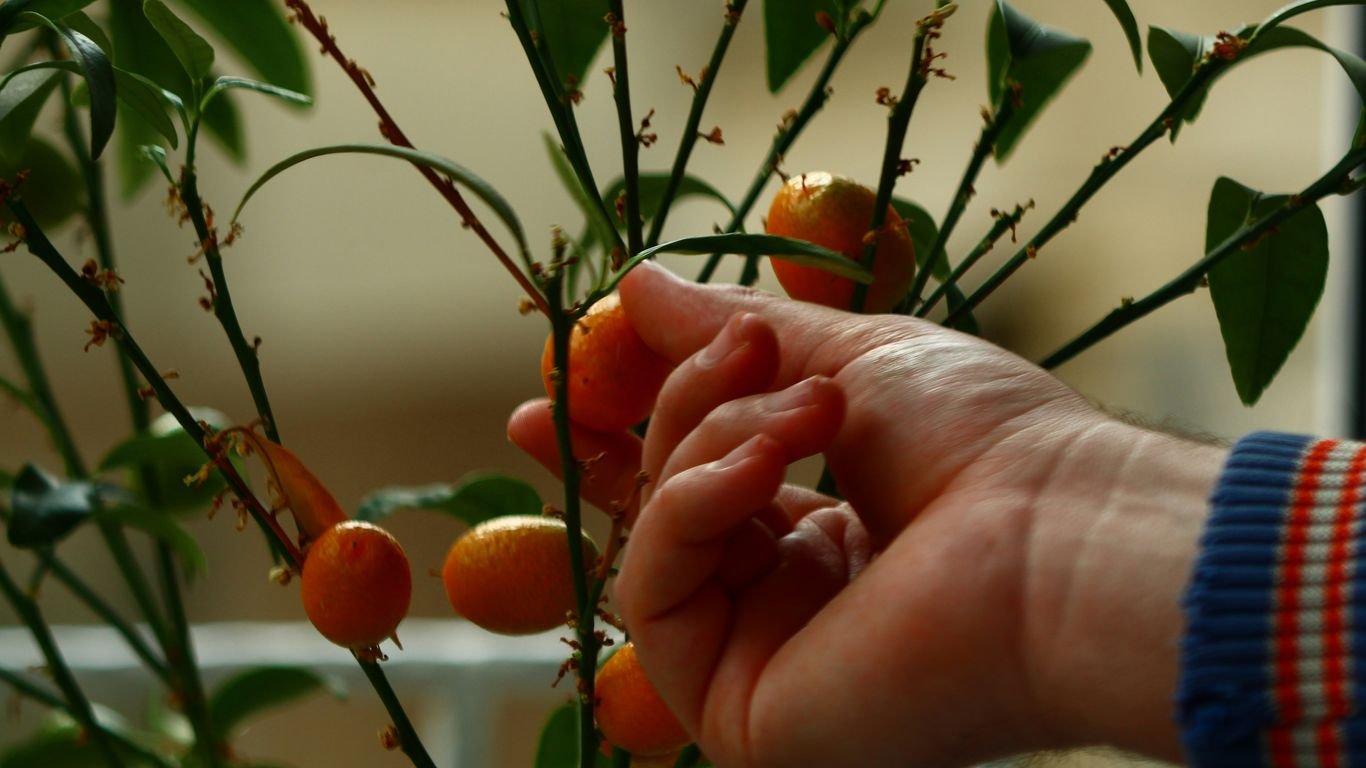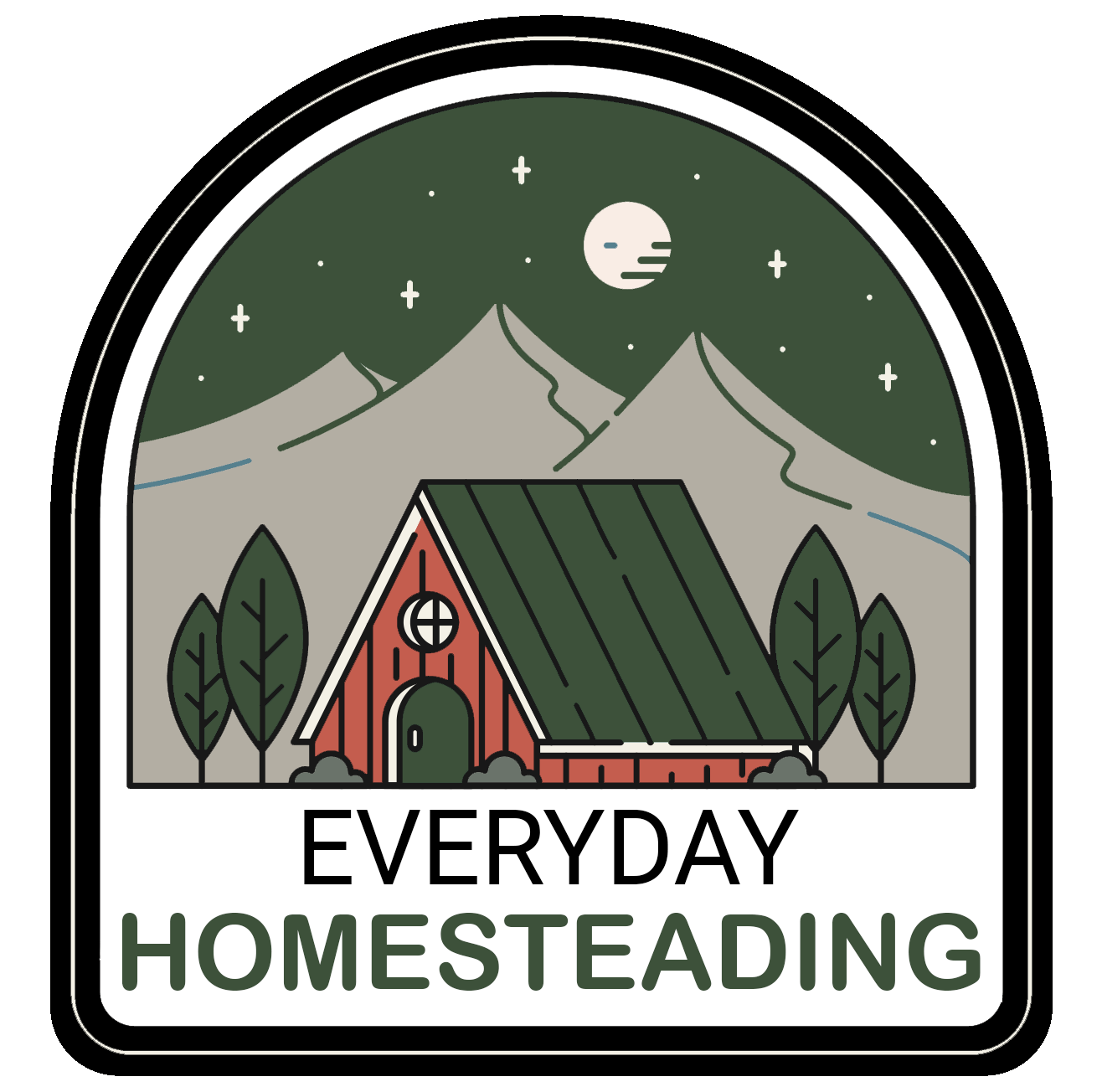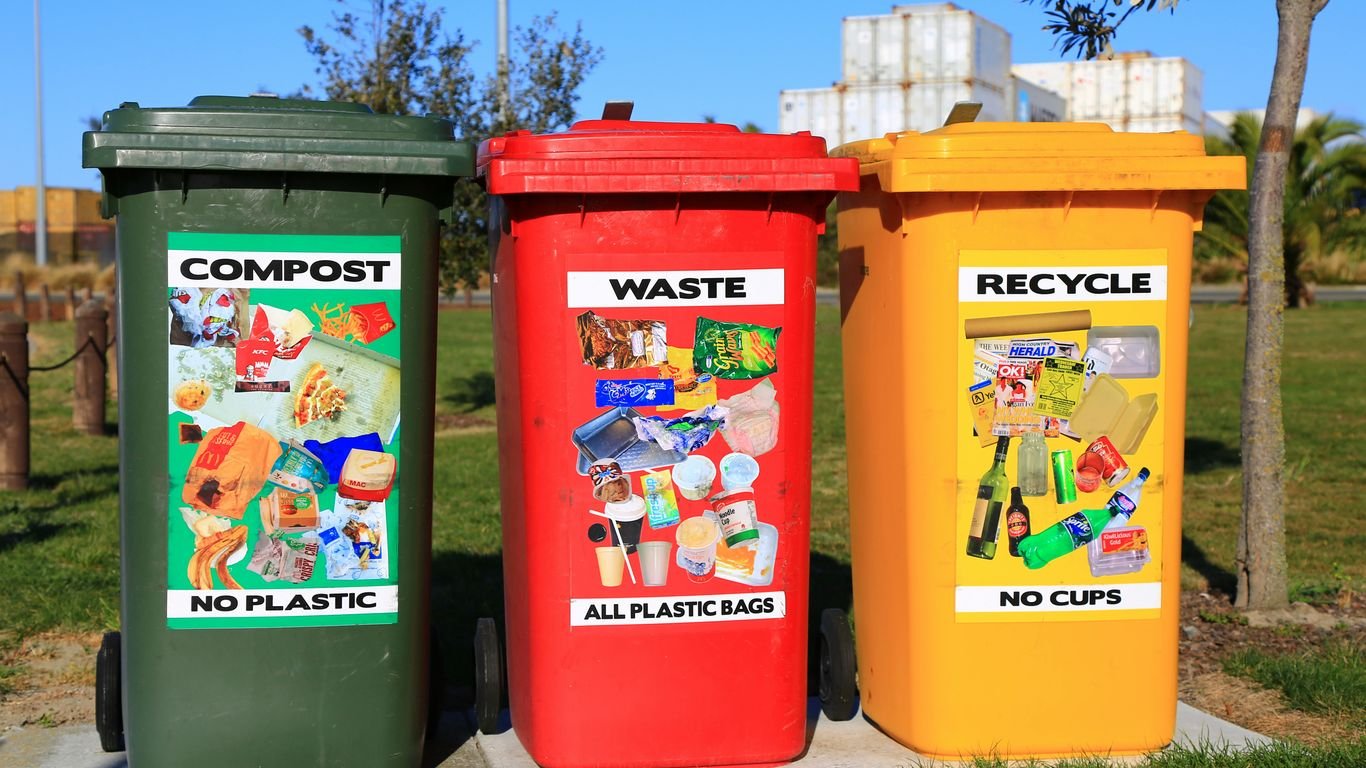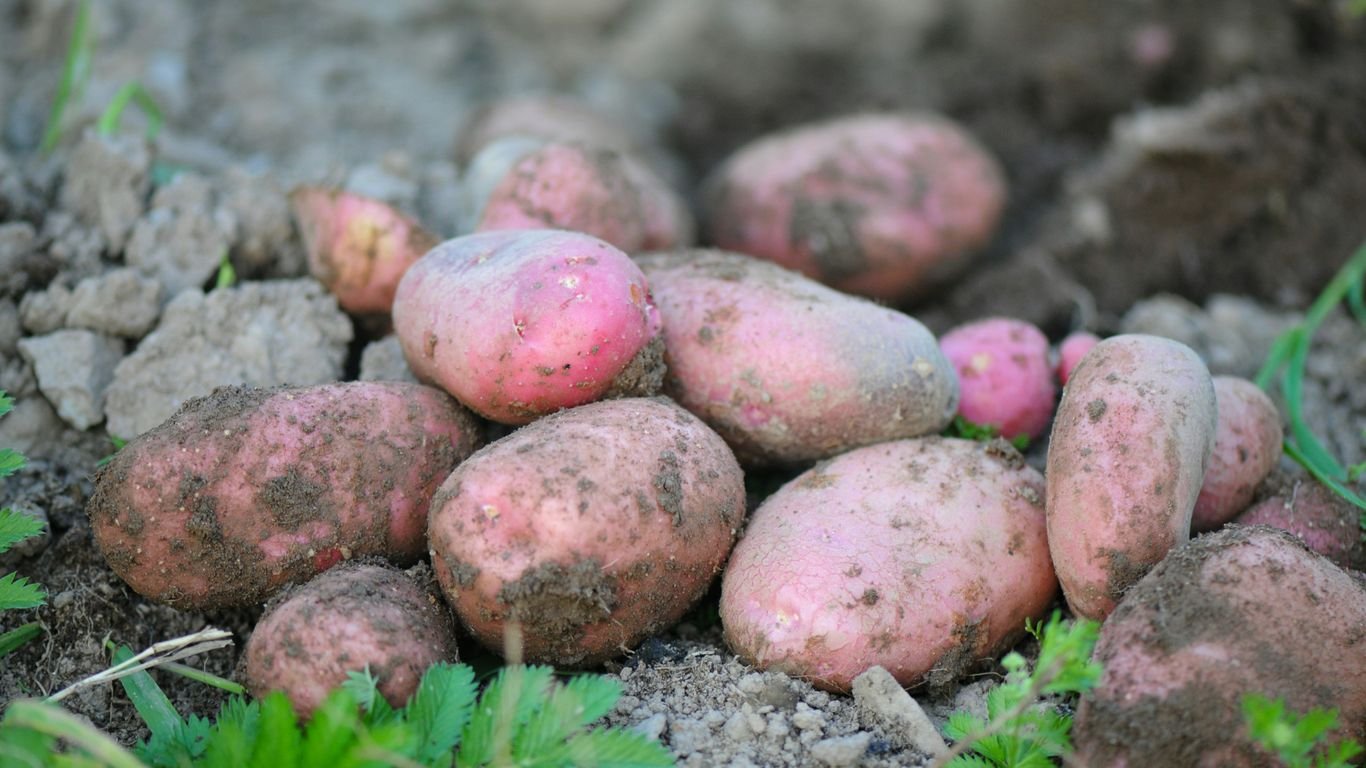Is Growing Your Own Tomatoes Worth It? Cost, Yield, and Savings Analysis

So, we’ve been thinking a lot lately about whether growing our own tomatoes is really worth the effort. We see those beautiful, ripe tomatoes in the stores and wonder if we could replicate that in our own backyard. It seems like such a rewarding thing to do, but then we start thinking about the costs – seeds, soil, pots, maybe even a fancy trellis. And how much work is it, really? We decided to do a deep dive into the numbers and see if growing tomatoes is actually a good idea for us, or if we’re better off just picking them up at the market. We’re looking at everything from the initial setup to how much we can actually expect to harvest and, of course, if growing tomatoes is worth it in terms of savings.
Key Takeaways
- Starting your own tomato plants from seeds is way cheaper than buying them as seedlings, and you can get more plants for your money.
- If you have a small yard, techniques like square-foot gardening can help you grow a lot of tomatoes without taking up too much space.
- While there’s an upfront cost for seeds, soil, and supports, growing tomatoes can save us money compared to buying them, especially if we grow varieties we really like.
- The amount of tomatoes we can grow depends on the type of tomato, our soil, and how much sun they get, but some plants can produce a lot.
- Besides saving money, growing our own tomatoes means we get super fresh, tasty produce we know exactly how it was grown.
Is Growing Tomatoes Worth It?
We’ve all seen those beautiful, ripe tomatoes at the grocery store, maybe even paid a pretty penny for them, especially when they’re out of season. This got us thinking: is growing our own tomatoes actually worth the effort and expense? It’s a question many home gardeners ponder, and the answer isn’t always a simple yes or no. It really depends on what you’re looking for and what you’re willing to put in.
The Initial Investment: Seeds, Soil, and Support
Before we can even think about juicy, sun-ripened tomatoes, there’s a bit of upfront work and cost involved. We’re talking about getting the right seeds or starter plants, good quality soil, and some form of support for the plants as they grow tall and heavy with fruit. For starters, seeds are usually pretty cheap, often just a few dollars a packet, and one packet can give you a head start on multiple plants. Buying starter plants from a nursery is more convenient but costs more per plant. Then there’s the soil. If you’re planting in the ground, you might need to amend it with compost or other nutrients to give your tomatoes the best start. If you’re using containers or raised beds, you’ll need to buy potting mix, which can add up. And don’t forget support! Tomatoes, especially the larger varieties, need stakes, cages, or trellises to keep them from sprawling on the ground, which can lead to disease and fewer fruits. These initial costs are a key factor in whether growing tomatoes makes financial sense for us.
Comparing Homegrown Costs to Store-Bought Prices
This is where things get interesting. Let’s break down the numbers. A pound of store-bought tomatoes can range anywhere from $2 to $4, sometimes more if they’re organic or out of season. Now, think about the cost of growing your own. You’ve got the seeds or plants, soil amendments, and maybe some fertilizer. If one tomato plant can produce anywhere from 10 to 30 pounds of tomatoes over a season, and you plant a few, the potential yield is huge. For example, a few tomato plants might cost us around $40 in starter plants and soil amendments, but could yield 80 pounds of tomatoes. That’s a significant difference compared to buying them.
Understanding Yields: How Much Can You Really Grow?
The amount of tomatoes we can expect to harvest, or our yield, is a big variable. It depends on so many things: the variety of tomato we choose, the quality of our soil, how much sun we get, and how well we manage pests and diseases. Some plants are naturally more prolific than others. Cherry tomatoes, for instance, are often super productive, giving us a steady stream of small fruits. Larger beefsteak varieties might give us fewer, but bigger, tomatoes. A single healthy plant can produce a surprising amount of fruit, sometimes 15 pounds or more. It’s not uncommon for a small patch of just a few plants to yield dozens of pounds of tomatoes over the summer and into the fall. This potential for a large harvest is a major draw for home growers.
When we consider growing our own food, it’s easy to get excited about the potential savings. However, it’s important to be realistic about the upfront investment and the ongoing effort required. Not every vegetable is equally cost-effective to grow at home, and tomatoes, while popular, have their own set of considerations.
Here’s a quick look at what we might spend versus what we could save:
| Item | Estimated Cost (Homegrown) | Estimated Cost (Store-Bought) | Notes |
|---|---|---|---|
| Seeds/Starter Plants | $5 – $20 | N/A | Per packet of seeds or a few starter plants |
| Soil/Amendments | $15 – $50 | N/A | Varies based on garden size/containers |
| Support (Cages/Stakes) | $10 – $30 | N/A | One-time or annual cost |
| Total Initial Cost | $30 – $100 | N/A | |
| Tomatoes (per pound) | $0.50 – $2.00 | $2.00 – $4.00 | Based on estimated yield and costs |
It’s clear that the cost per pound can be significantly lower when we grow our own, especially if we get a good harvest. This is why tomatoes are often cited as one of the more economical crops to grow. But remember, this doesn’t account for our time and labor, which is a whole other aspect of the equation.
The Financial Breakdown: Cost vs. Savings

So, we’ve talked about getting started and what you can expect to harvest. Now, let’s get down to the nitty-gritty: the money. Is growing your own tomatoes actually cheaper than grabbing a pint from the grocery store? We’re going to break down the costs and see what kind of return we can expect on our gardening investment.
Calculating Your Tomato Garden Expenses
Starting a tomato garden isn’t free, of course. We have to factor in the initial costs and then the ongoing ones. It’s not just about the seeds, though that’s where it begins. We also need good soil, maybe some fertilizer, and definitely something to support those heavy, fruit-laden branches. Then there’s water, and if you’re starting from scratch, maybe some basic tools.
Here’s a look at what we typically spend:
- Seeds or Seedlings: This can range from a few dollars for a packet of seeds to $4 or more per plant if we buy them already started.
- Soil and Amendments: Good quality garden soil or compost can add up, especially if you need a lot. We budget around $5 per cubic foot, but this varies.
- Support Structures: Stakes, cages, or trellises are a must for most tomato varieties. Costs can range from $5 to $20 per plant, depending on what you choose.
- Fertilizer/Plant Food: Tomatoes are hungry plants! A bag of plant food might cost about $8 for a 3 lb. bag.
- Water: While often overlooked, consistent watering is key, and that does factor into our utility bills.
Estimating the Value of Your Homegrown Harvest
This is where it gets interesting. We need to figure out how much our homegrown tomatoes are actually worth compared to what we’d pay at the store. Let’s say we manage to grow one tomato plant that yields about 15 pounds of tomatoes over the season. If we bought those same tomatoes at the grocery store for, say, $1.50 per pound, that’s $22.50 worth of tomatoes right there.
The potential savings can be quite significant, especially when you consider the quality and flavor of vine-ripened tomatoes.
Here’s a quick comparison:
| Item | Estimated Cost (Homegrown) | Estimated Value (Store-Bought) | Savings per Plant |
|---|---|---|---|
| 15 lbs Tomatoes | $6.00 (materials) | $22.50 ($1.50/lb) | $16.50 |
This is a simplified example, of course. The actual yield can vary wildly based on the variety, your growing conditions, and how well you care for the plants. But it gives us a good starting point for understanding the potential value.
The True Return on Investment for Tomato Growers
When we add up all our expenses and compare it to the estimated value of the tomatoes we harvest, we can start to see the real return on investment. It’s not just about the money saved, though that’s a big part of it. It’s also about the satisfaction of knowing exactly where our food came from and the incredible taste of a tomato picked at its peak ripeness. Some studies on greenhouse production, for instance, show that while organic methods can have higher costs, the yield might be slightly lower than traditional methods [765a]. For us home gardeners, the goal is usually a balance of cost, effort, and delicious results.
Growing your own tomatoes can be a rewarding experience, both financially and personally. While there are upfront costs, the ability to harvest fresh, flavorful produce right from your garden often makes it a worthwhile endeavor for many home growers. It’s about more than just saving a few dollars; it’s about the connection to our food and the joy of a successful harvest.
We also need to remember that not all crops are created equal when it comes to cost savings. While tomatoes often provide a good return, some vegetables are simply cheaper to buy, especially when they’re in season. It’s worth doing a little research on what grows best and most cost-effectively in your specific area. For us, tomatoes are usually a winner, but we also consider things like fresh herbs which can be quite pricey at the store.
Maximizing Your Tomato Harvest
Alright, so we’ve talked about the costs and the potential savings, but how do we actually get the most tomatoes possible from our little patches of earth? It’s not just about sticking a seed in the ground and hoping for the best. We need a bit of strategy to really boost our yields and get those juicy, red fruits coming all season long.
Choosing the Right Tomato Varieties for Your Garden
This is a big one. Not all tomatoes are created equal, and some are definitely easier to grow and produce more than others. If you’re just starting out or want to maximize your harvest with less fuss, we really recommend looking into cherry tomatoes. They’re generally more forgiving, grow like crazy, and give you a steady stream of little flavor bombs. Varieties like ‘Sungold’ are famously prolific. For slicing, ‘Big Beef’ or ‘Early Girl’ can give you those satisfyingly large tomatoes, but they might need a bit more attention. And don’t forget paste tomatoes like ‘Roma’ if you’re planning on making sauce or canning – they’re meaty and great for cooking down.
Here’s a quick look at some popular choices:
- Cherry Tomatoes: Super productive, great for snacking, salads, and quick sauces. Often less prone to disease.
- Slicing Tomatoes: The classic big tomato for sandwiches and burgers. Can be heavier feeders and need good support.
- Paste Tomatoes: Denser flesh, fewer seeds, perfect for sauces, pastes, and canning.
Tips for Boosting Yields and Quality
Once you’ve picked your plants, there are a few things we can do to help them really shine. First off, support is key. Whether it’s a cage, a stake, or a trellis, giving your tomato plants something to climb on helps keep the fruit off the ground, improves air circulation (which means fewer diseases), and makes harvesting way easier. We’ve found that staking indeterminate varieties (the ones that keep growing and producing all season) is a must.
Watering is another biggie. We want to keep the soil consistently moist, but not waterlogged. Deep, infrequent watering is usually better than shallow, daily sprinkles. This encourages the roots to grow deeper, making the plant more resilient. And feeding? A balanced fertilizer, especially when the plants start flowering and setting fruit, can make a noticeable difference in both the quantity and size of your tomatoes.
We learned that consistent watering and feeding really pays off. It’s easy to forget when things get busy, but those tomatoes won’t grow themselves, and a little extra care during the fruiting stage means more tomatoes in our baskets.
Dealing with Pests and Diseases for a Bountiful Crop
Unfortunately, pests and diseases can be the bane of a tomato grower’s existence. The best defense is often a good offense. Choosing disease-resistant varieties is a great start. Keeping the garden clean – removing fallen leaves and debris – helps prevent problems from taking hold. Good air circulation, as we mentioned with support, is also vital.
If you do spot pests like aphids or hornworms, we’ve found that a strong blast of water can dislodge many of them. For more persistent issues, insecticidal soap or neem oil can be effective. Fungal diseases, like blight, are tougher. Often, removing affected leaves promptly and ensuring good drainage can help slow their spread. Being vigilant and acting quickly when you see a problem is your best bet for saving your harvest.
Beyond the Savings: Other Benefits of Growing Tomatoes
Sure, we’ve talked a lot about the dollars and cents, but honestly, growing your own tomatoes is about so much more than just saving a few bucks at the grocery store. It’s a whole experience, and one that brings a lot of satisfaction.
The Joy of Fresh, Flavorful Produce
Let’s be real, nothing beats the taste of a tomato picked right off the vine. Store-bought tomatoes, even the ones that look perfect, often lack that deep, rich flavor we crave. When you grow your own, you get to experience the true taste of a sun-ripened tomato. We’ve found that the difference is night and day, especially with varieties like cherry tomatoes that burst with sweetness. This is a primary benefit of cultivating your own produce growing your own food offers superior nutrition and flavor compared to store-bought options.
Knowing Where Your Food Comes From
There’s a certain peace of mind that comes with knowing exactly what went into growing your food. We control the soil, we decide whether to use any treatments, and we can see the whole process from seed to harvest. It’s a connection to our food that’s hard to replicate otherwise. You know what you put on it and you know where it comes from.
The Satisfaction of a Successful Harvest
Honestly, there’s a huge sense of accomplishment when you harvest your first ripe tomato. It’s the culmination of your effort, your patience, and your care. It’s a tangible reward for your hard work.
Here’s a quick look at what we’ve experienced:
- Taste: Unbeatable freshness and flavor.
- Quality: You control the growing process.
- Connection: A deeper appreciation for your food.
- Pride: The joy of nurturing something from start to finish.
Growing your own vegetables is healthier for the family because the produce is fresh and (hopefully) grown without chemicals. It is better for the environment by reducing the cost of food transport, there are educational benefits for the children, and oh yes, the vegetables will taste so much better!
While the financial aspect is important, these other benefits are what truly make growing tomatoes a rewarding endeavor for us.
When Growing Tomatoes Might Not Be Worth It
Look, we love the idea of homegrown tomatoes as much as the next person. The thought of plucking a sun-ripened tomato right off the vine is pretty darn appealing. But let’s be real for a second. Sometimes, despite our best intentions, growing your own tomatoes just might not be the best use of your time, money, or space. It’s not a failure if you decide it’s not for you; it’s just being practical.
Assessing Your Space and Time Commitment
Before you even think about buying seeds, take a hard look at your living situation and your schedule. Do you have a sunny spot that gets at least six to eight hours of direct sunlight a day? Tomatoes are sun-worshippers, and without enough light, you’ll end up with sad, leggy plants and very few (if any) tomatoes. If your only option is a shady balcony or a tiny patch of yard that barely gets any sun, you might be setting yourself up for disappointment.
And then there’s the time commitment. Gardening isn’t just a plant-it-and-forget-it kind of hobby. We’re talking about regular watering, especially during dry spells, feeding your plants, staking or caging them as they grow, and keeping an eye out for pests and diseases. If your life is already packed with work, family, and other commitments, adding a garden that needs daily attention might feel like just another chore. It can easily turn into a source of stress rather than enjoyment.
Considering Local Climate and Growing Conditions
Our local weather plays a huge role in whether our tomato-growing dreams will come true. Some regions just aren’t tomato-friendly. If you live somewhere with a very short growing season, or where late frosts are common in the spring and early frosts hit in the fall, you might struggle to get your plants to produce a decent harvest before the weather turns. You might end up with a lot of green, unripe tomatoes that never see the inside of your kitchen.
Even if you have a long enough season, extreme heat or humidity can also be a problem. Some tomato varieties just don’t perform well under intense heat, leading to blossom drop and poor fruit set. It’s worth doing a little research on what grows best in your specific climate zone. Sometimes, the effort required to overcome less-than-ideal conditions just isn’t worth the payoff.
When Store-Bought Tomatoes Make More Sense
Let’s face it, sometimes the grocery store or local farmer’s market has the upper hand. If you live in an area where tomatoes are grown commercially and are readily available year-round at a low cost, the savings from growing your own might be minimal. Especially when you factor in the initial cost of seeds, soil, pots, fertilizer, and any tools you might need.
Consider this:
- High-Quality Store-Bought: You can often find really good quality, ripe tomatoes at the supermarket or farmer’s market for a reasonable price, especially when they’re in season locally.
- Convenience: No weeding, watering, or pest control required. You just grab what you need when you need it.
- Variety: Stores offer a wide range of tomato types, and you might not have the space or resources to grow all the varieties you enjoy.
If your primary goal is to save money and you don’t have a lot of extra time or a perfect sunny spot, buying your tomatoes might actually be the more economical and less stressful choice. It’s okay to let the experts handle it sometimes!
Ultimately, growing tomatoes is a rewarding experience for many, but it’s not a one-size-fits-all solution. If the space, time, or climate just isn’t working in your favor, don’t feel bad about sticking to the produce aisle. There are plenty of other things we can grow that might be a better fit for our circumstances.
So, Is It Worth It?
After looking at the numbers and thinking about the effort, we’ve found that growing your own tomatoes can definitely be worth it, especially if you pick the right varieties and have a bit of space. While there’s an upfront cost for seeds, soil, and maybe some stakes, the amount of fresh tomatoes we get from just a few plants often outweighs what we’d spend at the store. Plus, there’s that undeniable satisfaction of biting into a sun-warmed tomato you grew yourself. It’s not always about saving every single penny, but more about having access to amazing flavor and knowing exactly where your food came from. For us, the taste and the convenience make it a winner, even if we sometimes end up with more cherry tomatoes than we know what to do with!
Frequently Asked Questions
How much does it actually cost to start a tomato garden?
Getting your tomato garden going involves a few upfront costs. We’re talking about buying seeds or small plants, getting good soil or compost, and maybe some stakes or cages to help your tomato plants stand tall. For a few plants, you might spend around $40 to $60 to get everything you need. It might seem like a bit at first, but remember, those plants can give you tomatoes for a whole season!
Can we really save money by growing our own tomatoes?
Absolutely! When you look at how much a pound of tomatoes costs at the store, especially organic ones, growing your own can save a good chunk of change. We found that we could grow about 80 pounds of tomatoes for around $40, while buying that much could cost us $160 to $320. So yeah, we definitely save money, especially if we grow a lot!
How many tomatoes can we expect to get from our plants?
The amount of tomatoes you get really depends on the type of plant and how well you care for it. Some plants, like cherry tomatoes, are super productive and give you lots of small fruits all season long. Larger tomato plants can give you big, heavy tomatoes. We’ve seen plants produce anywhere from 10 to 30 pounds of tomatoes each, sometimes even more!
What are the best tomato varieties for us to grow?
That’s a great question! It really depends on what you like to eat and what grows well in your area. If you love snacking, cherry tomatoes are fantastic because they produce so much. For slicing on sandwiches, big beefsteak varieties are awesome. And if you like making sauce or salsa, paste tomatoes are the way to go. We also like trying heirloom varieties for unique flavors!
What if we don’t have a lot of space for a garden?
Don’t worry if you don’t have a huge yard! You can still grow tomatoes. Many types do really well in pots or containers on a balcony or patio. We’ve even heard of people using a technique called ‘square foot gardening,’ which lets you grow a lot in a small, organized space. Just make sure your pot or space gets plenty of sunshine.
Besides saving money, are there other good reasons to grow tomatoes ourselves?
Oh, for sure! Growing your own tomatoes means you get to taste the freshest, most flavorful tomatoes possible – way better than store-bought ones that have traveled a long way. Plus, you know exactly what went into growing them, with no weird sprays. And honestly, there’s a huge sense of accomplishment when you harvest your own delicious food. It’s a really rewarding feeling!






